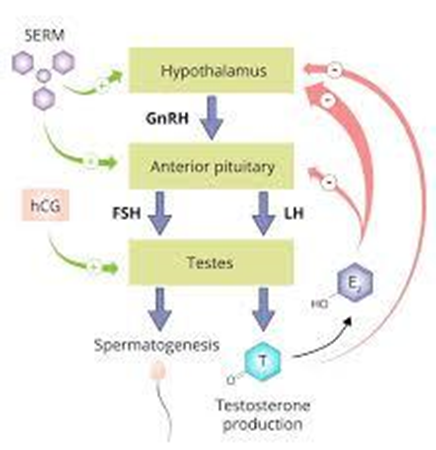Which of the following cranial nerves are involved in the movement of the extraocular muscles?
I, IV, and VII
V. and V
IV, and V
VIL and V
The Correct Answer is D
a. I, IV, and VII: Cranial nerve I (Olfactory) is involved in the sense of smell, not eye movement. Cranial nerve VII (Facial) controls facial expressions, not eye movement. Cranial nerve IV (Trochlear) does control one of the extraocular muscles.
b. V and V: This is not a valid option, as it repeats the same cranial nerve. Cranial nerve V (Trigeminal) is involved in facial sensation and chewing, not eye movement.
c. IV and V: Cranial nerve IV (Trochlear) is involved in eye movement, but cranial nerve V (Trigeminal) is not.
d. III, IV, and VI: Correct. Cranial nerve III (Oculomotor), cranial nerve IV (Trochlear), and cranial nerve VI (Abducens) all control the extraocular muscles responsible for eye movements.
Nursing Test Bank
Naxlex Comprehensive Predictor Exams
Related Questions
Correct Answer is B
Explanation
a. Buffering mechanism of kidneys and sodium bicarbonate: The buffering mechanism and sodium bicarbonate are involved in pH regulation, not directly in sodium and water balance.
b. Aldosterone and renin excretion: Correct. Aldosterone, a hormone produced by the adrenal cortex, and renin, an enzyme secreted by the kidneys, play crucial roles in regulating sodium and water balance.
c. Production of glucocorticoids and reabsorption of glucose: Glucocorticoids are involved in stress responses and metabolism, while glucose reabsorption relates to energy balance, not specifically sodium and water balance.
d. Intestinal absorption and retention of water: While intestinal absorption is important for overall fluid balance, it is not the primary regulatory mechanism for sodium and water balance in the body, which is primarily controlled by renal and endocrine factors.
Correct Answer is D
Explanation
a. Parathyroid: Parathyroid glands regulate calcium levels in the blood, not testosterone.
b. Posterior pituitary: The posterior pituitary gland stores and releases hormones produced in the hypothalamus, not testosterone.
c. Thyroid: The thyroid gland produces thyroid hormones, not testosterone.
d. Anterior pituitary: The anterior pituitary gland produces gonadotropin-releasing hormone (GnRH), which stimulates the testes to produce testosterone in males.

Whether you are a student looking to ace your exams or a practicing nurse seeking to enhance your expertise , our nursing education contents will empower you with the confidence and competence to make a difference in the lives of patients and become a respected leader in the healthcare field.
Visit Naxlex, invest in your future and unlock endless possibilities with our unparalleled nursing education contents today
Report Wrong Answer on the Current Question
Do you disagree with the answer? If yes, what is your expected answer? Explain.
Kindly be descriptive with the issue you are facing.
